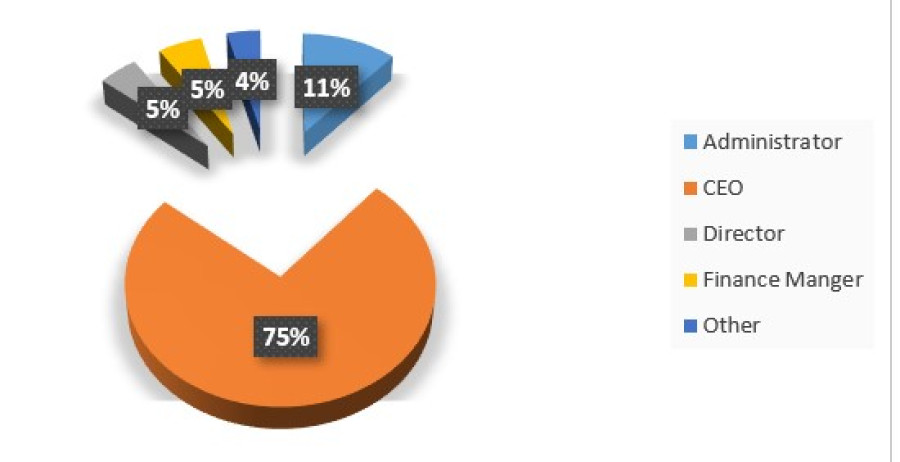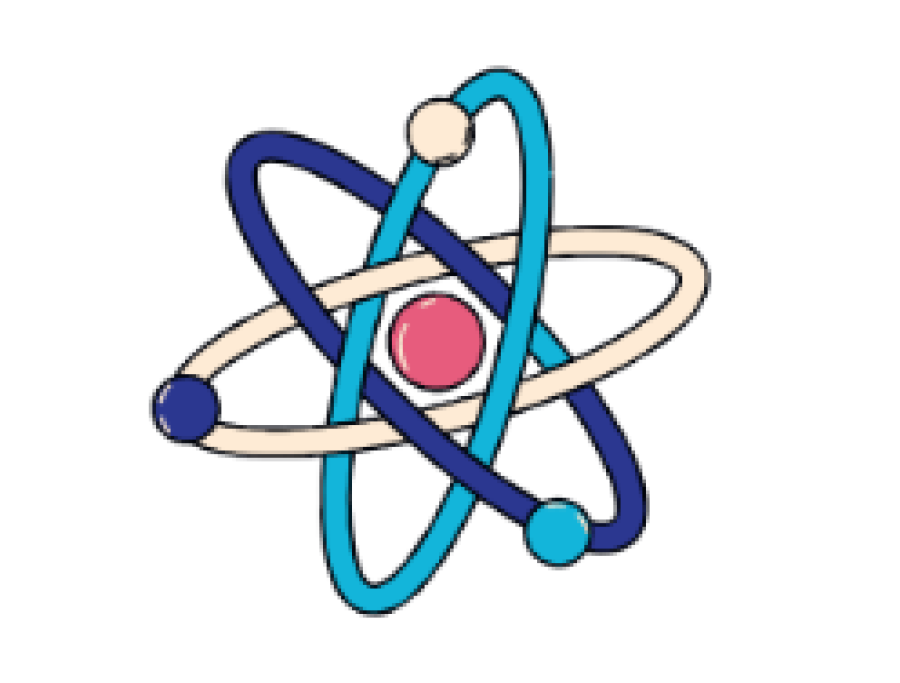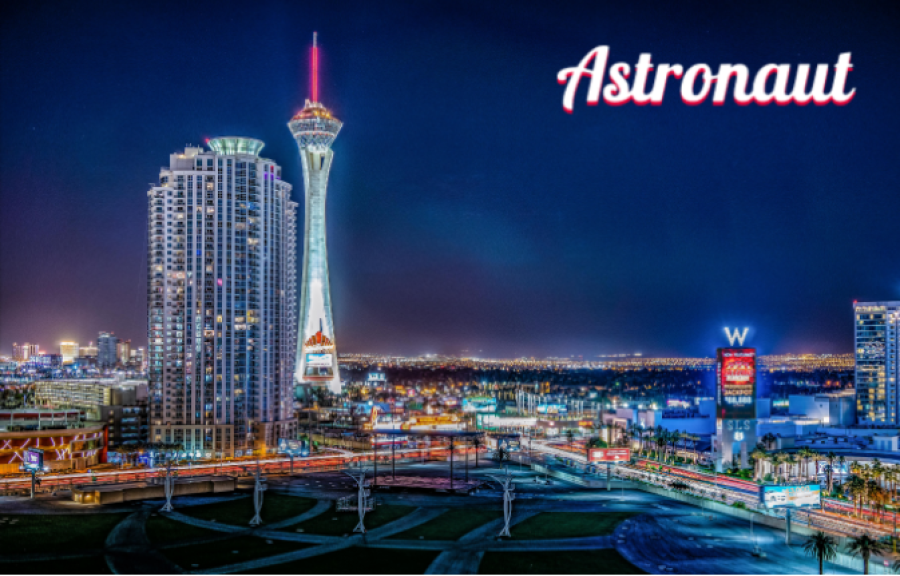The average person spends about 90% of their life indoors. Nine out of every ten hours. At home, at work, at the gym, in stores. And all that time, there's one thing silently shaping how you feel, think, and perform – the HVAC system.
Most of us only notice heating and cooling when it breaks. Too hot, too cold, too stuffy. But these systems do way more than just temperature control. They're actually shaping public health, workplace productivity, and even the economy in ways that might surprise you.
When Buildings Make People Sick
Ever worked in an office where everyone seemed to have constant headaches? Or noticed how some buildings just make you feel tired and unfocused? There's actually a name for this – sick building syndrome. It happens when ventilation sucks and air quality tanks.
Bad indoor air isn't just annoying. It can be genuinely dangerous. Mold thrives in damp, poorly ventilated spaces and triggers asthma attacks. Some older buildings still have asbestos or radon lurking around. These aren't immediate threats – they're the kind that show up as serious health problems years down the road. Then there's the stuff we can't see. During COVID, researchers discovered something remarkable: good ventilation and air filtration cut virus transmission by up to 80%. The WHO found similar patterns with tuberculosis and other airborne diseases. Suddenly, those boring air vents became frontline health defenders.
Think about it this way. A well-designed HVAC system is basically a giant filter for your building. Fresh air comes in, stale air goes out, humidity stays balanced, and pollutants get trapped before they reach your lungs. When this works right, people get sick less often. Fewer sick days mean lower healthcare costs and more productive communities. Not bad for something most of us ignore — companies like hvac-spokane.com install and maintain these systems so buildings stay healthy year-round.
The Temperature-Brain Connection
Here's where things get interesting. Temperature doesn't just affect comfort – it literally changes how well your brain works. Researchers ran experiments where they tweaked office temperatures from about 77°F down to 68°F. People got noticeably better at math and reading tasks in the cooler rooms. Not freezing cold, just pleasantly cool with decent humidity. That's apparently the sweet spot for thinking clearly.
But temperature is only part of the story. You know that drowsy feeling in stuffy conference rooms? That's carbon dioxide building up from everyone breathing, mixed with dust and whatever chemicals are floating around from furniture and carpets. Your brain basically starts running on fumes.
The performance differences are huge. Workers in properly ventilated "green" offices scored twice as high on cognitive tests compared to people in regular offices. We're talking about serious improvements in problem-solving and strategic thinking – not just staying awake through meetings. Schools show the same pattern. Kids in well-ventilated classrooms consistently beat their peers in stuffy rooms on math and reading tests. They're absent less too. Makes sense when you think about it – children are way more sensitive to their environment than adults. Bad air hits them harder.
Following the Money
Let's talk dollars and cents. HVAC systems are energy hogs – often the biggest energy expense in any building. Schools especially feel this pinch. But here's the thing: new technology is changing the game completely.
Take modern air conditioners with variable-speed compressors. Instead of blasting at full power then shutting off repeatedly, they adjust their output smoothly. The U.S. Department of Energy says this cuts energy use by 30-50%. For a typical business or homeowner, that's serious money saved every month.
But the real economic story is bigger than utility bills. Industry experts have crunched the numbers, and they're mind-blowing. Over 90% of a building's operating costs come from the people inside – salaries, benefits, productivity losses when they're sick or uncomfortable. Energy and equipment? That's just the other 10%. So even tiny improvements in how people feel can save massive amounts of money. Lawrence Berkeley National Laboratory did the math: every dollar spent on better indoor air quality returns $18 to $47. Where else can you get returns like that?
Scale this up to whole cities and countries. Better indoor air means healthier populations, fewer hospital visits, more productive workers, and students who actually learn better. The economic ripple effects are enormous.
What's New in HVAC Tech
The industry has been busy. Smart systems now run buildings like a smartphone runs apps. Sensors everywhere track temperature, humidity, CO2. Computers figure out the perfect settings automatically. Your thermostat probably connects to WiFi now, letting you adjust things from anywhere.
Equipment keeps getting better too. Those variable-speed compressors mentioned earlier? They're just the start. Heat pumps pull warmth from outdoor air even when it's cold outside. VRF systems can heat one room while cooling another, sending energy exactly where needed. Pretty clever stuff.
COVID changed everything about air cleaning. HEPA filters used to be just for hospitals and clean rooms. Now they're everywhere. UV-C lights that kill germs? Also going mainstream. Energy recovery ventilators grab heat from outgoing stale air and use it to warm incoming fresh air. More ventilation without astronomical heating bills.
Zoning is another game-changer. Why heat empty rooms? Modern systems adjust zone by zone based on who's actually there. The Building Performance Institute found this can slash energy use by 30% in big buildings. And the industry is finally ditching those nasty refrigerants that destroy the ozone layer. New ones like R-454B have 78% less climate impact than older chemicals.
The Tough Parts
Of course, it's not all smooth sailing. Balancing health needs (more fresh air) with energy goals (less waste) takes serious planning. Old buildings are especially tricky – try retrofitting a 1920s school with modern ductwork. Good luck with that.
Maintenance is unsexy but crucial. Ignore your HVAC system and it becomes a petri dish for mold and bacteria. Legionella, anyone? Filters need changing, coils need cleaning, systems need checking. Boring? Yes. Important? Absolutely.
Finding qualified technicians is getting harder as systems get more complex. Your grandfather's furnace repair skills won't cut it with today's computerized systems. The industry needs more trained professionals, fast.
What's Next
HVAC has come a long way from simple furnaces and window units. Today's systems are health devices, productivity tools, and economic engines rolled into one. They're preventing disease transmission, helping kids learn better, and making workers more effective. Not bad for something that used to just keep us warm.
The future looks even more interesting. AI will optimize systems in real-time. Solar panels will power cooling systems. New materials will insulate better than ever. Buildings will practically run themselves.
But right now, just understanding what these systems do for us is a good start. Next time you walk into a comfortable, fresh-feeling building, take a second to appreciate the engineering making it possible. And maybe change your filter at home. Your lungs and wallet will thank you!









